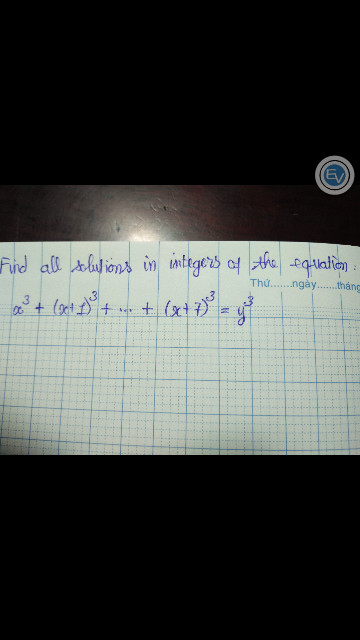
Number TheoryQuestion and Answers: Page 23
Question Number 10627 Answers: 1 Comments: 0
Question Number 10577 Answers: 1 Comments: 0
$$\mathrm{5}^{\mathrm{71}} +\mathrm{5}^{\mathrm{72}} +\mathrm{5}^{\mathrm{73}} =? \\ $$
Question Number 10539 Answers: 1 Comments: 0
Question Number 10364 Answers: 1 Comments: 0
Question Number 10142 Answers: 0 Comments: 3

Question Number 10070 Answers: 1 Comments: 0
Question Number 9790 Answers: 0 Comments: 3
Question Number 9485 Answers: 0 Comments: 2
Question Number 9069 Answers: 0 Comments: 2

Question Number 9049 Answers: 0 Comments: 5
Question Number 9025 Answers: 0 Comments: 7
Question Number 9021 Answers: 1 Comments: 0
Question Number 8838 Answers: 1 Comments: 0
$$\mathrm{Show}\:\mathrm{that}\::\:\:\mathrm{e}^{\mathrm{i}\pi\:+\:\mathrm{1}} \:=\:\mathrm{0} \\ $$
Question Number 8347 Answers: 0 Comments: 5
Question Number 8336 Answers: 0 Comments: 2
Question Number 8302 Answers: 0 Comments: 0
Question Number 8174 Answers: 0 Comments: 0
Question Number 8139 Answers: 1 Comments: 4
Question Number 7859 Answers: 1 Comments: 0
Question Number 7748 Answers: 1 Comments: 0
Question Number 7249 Answers: 0 Comments: 11
Question Number 7213 Answers: 0 Comments: 0
Question Number 7230 Answers: 0 Comments: 2
Question Number 7191 Answers: 1 Comments: 0
Question Number 7189 Answers: 0 Comments: 2
Question Number 7005 Answers: 0 Comments: 0
